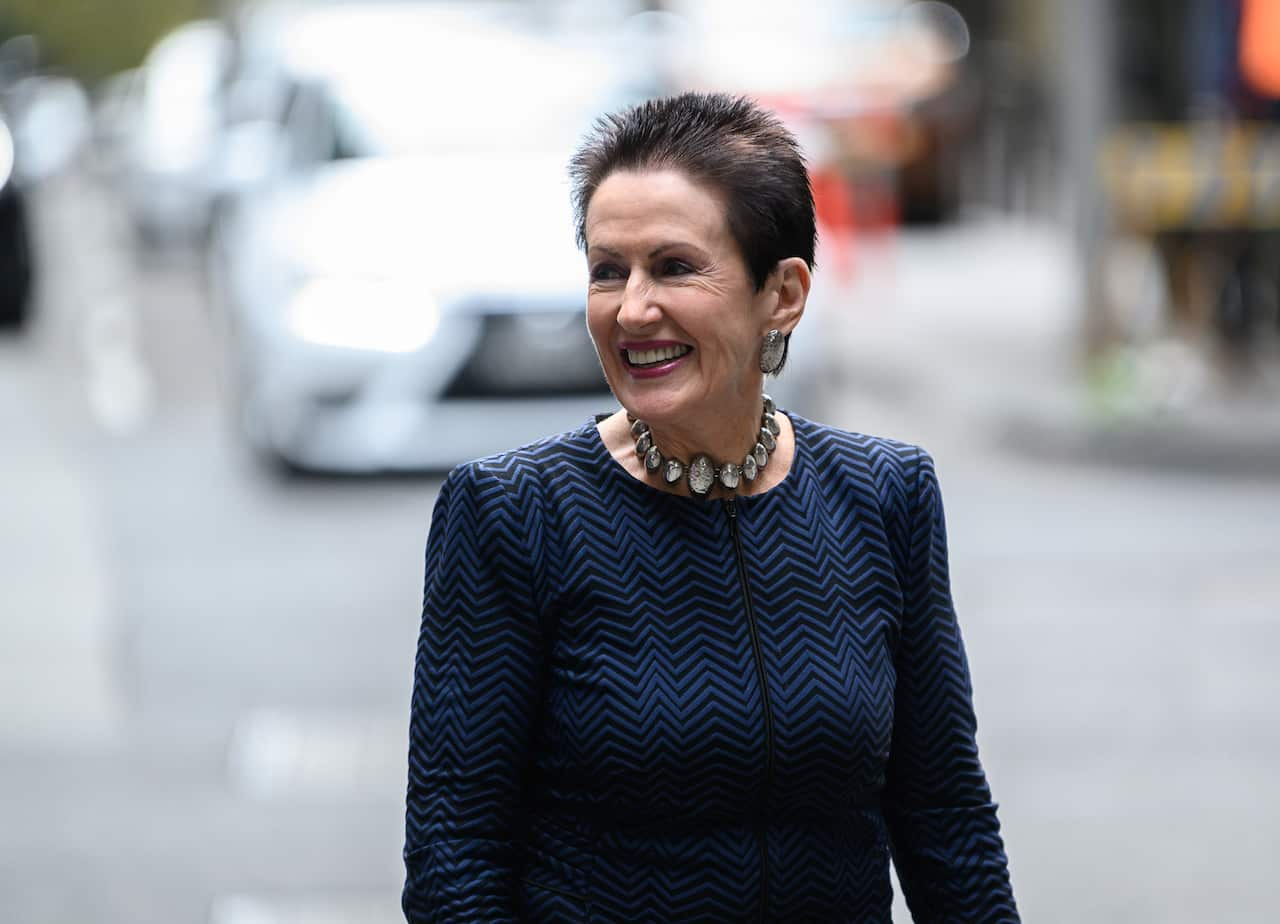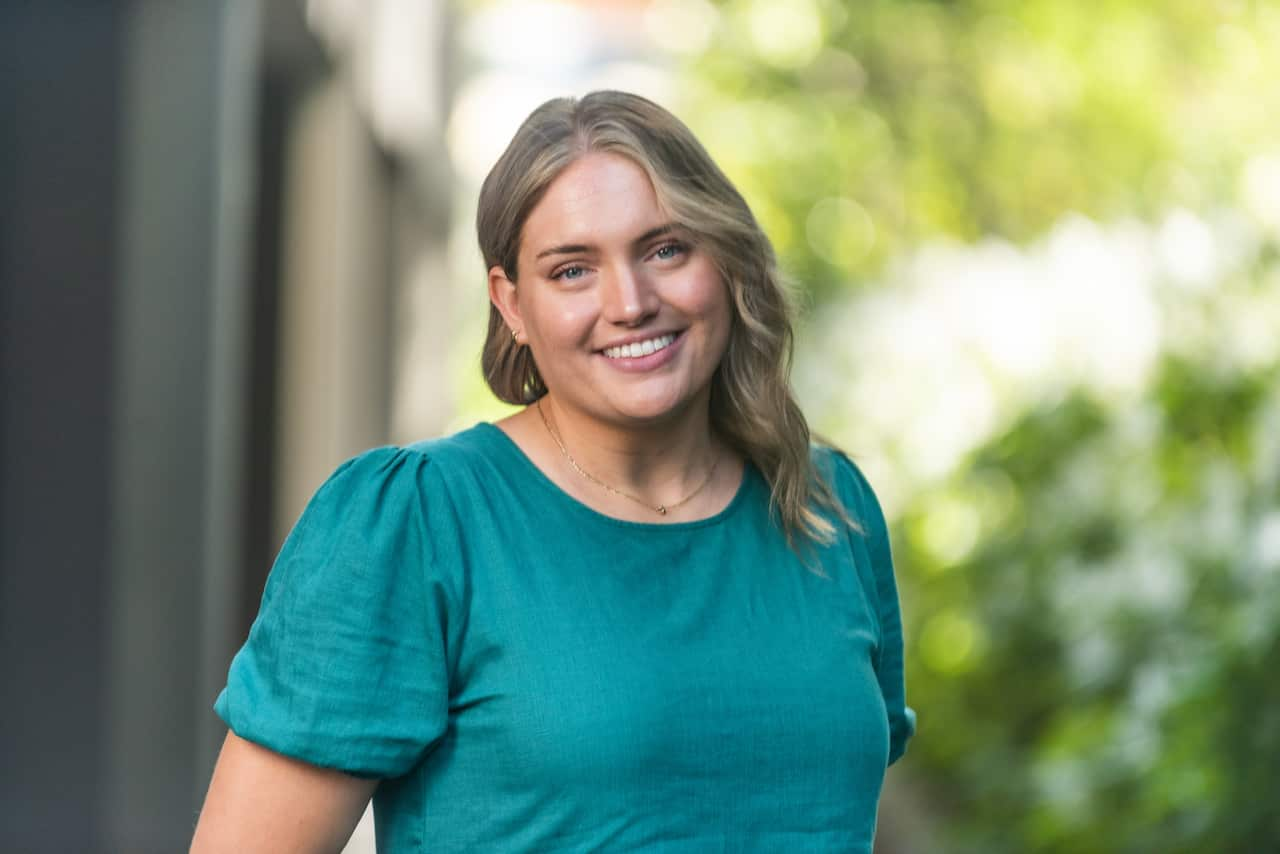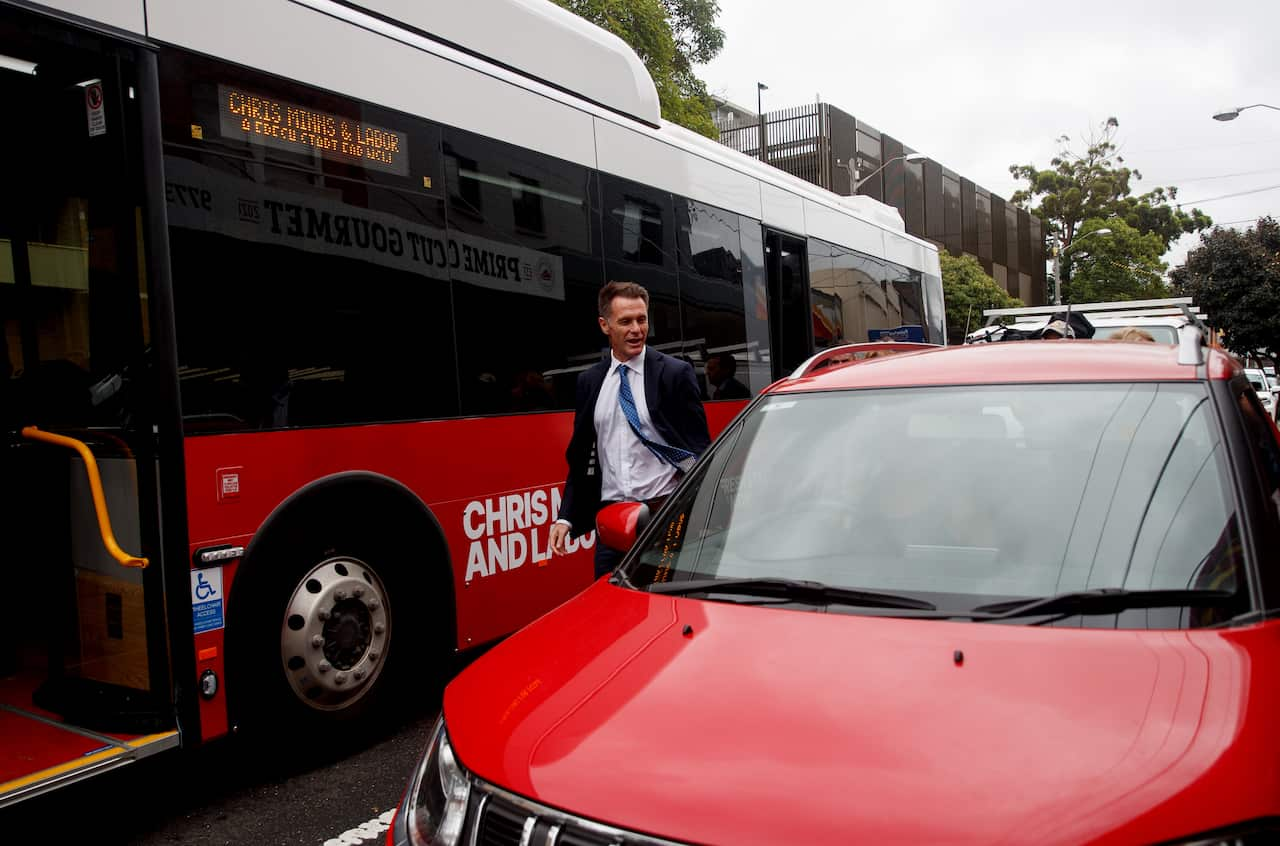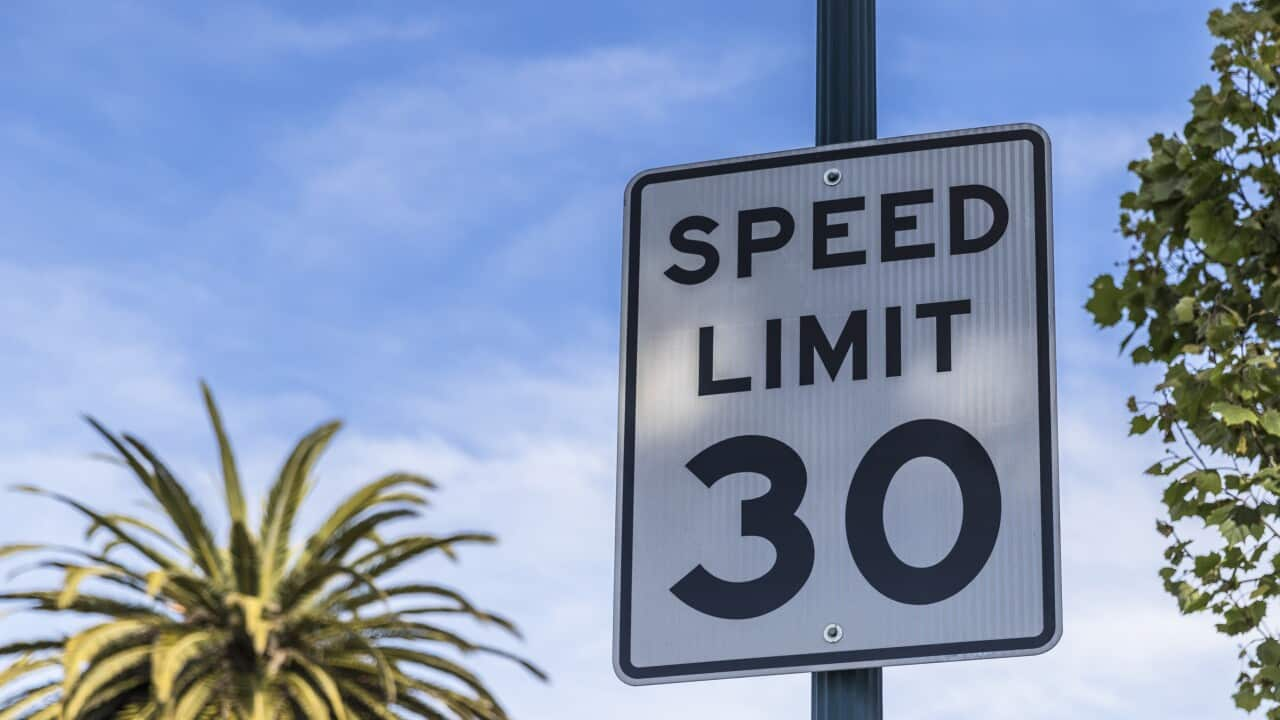Key Points
- After bringing in 40km/h limits on council-controlled roads, the City of Sydney wants to reduce some to 30km/h.
- Reducing the speed of traffic can reduce the incidence of vehicles colliding and reduce risks to pedestrians.
- The NSW premier says Sydney is a major international city and shouldn’t be treated as if it were a country town.
The premier of the country’s most populous state may have labelled a plan to limit speeds on more Sydney roads to 30km/h as “over the top” but proponents say there are plenty of reasons to do so.
The City of Sydney, like other local governments across the country, already has a number of roads where traffic has been reduced to that speed.
All council-controlled roads (those other than major roads and highways) within the City of Sydney area, will be limited to maximum speeds of 40km/h in the coming weeks.
The council has plans for speeds on more of those roads to be reduced further to 30km/h in the future.
Councils choosing to implement lower speed limits
Sydney mayor Clover Moore said it was everyone’s responsibility to make roads as safe as they possible for pedestrians, cyclists and drivers.
“Not only will our streets be safer as a result of these important changes, they’ll be quieter and have less exhaust emissions,” she said.
Sydney Lord Mayor Clover Moore wants even more streets within the local government to be zoned 30km/h. Source: AAP / James Gourley
Lauren Pearson, a research fellow within Monash University’s Sustainable Mobility Safety Research Group, said while 30km/h speed limits had not been widely implemented across Australia like they had been in the United Kingdom, a number of local governments across the country had adopted them.
She said approaches had differed between the areas that had lowered speed limits to 30km/h.
“We’ve seen some areas where it’s been done where you see a lot of activity with children, so they are wanting to encourage walking and bike riding to school,” Pearson said.
“We’ve seen it in very built-up areas, for example, in Melbourne in the City of Yarra, it’s an area where there’s a lot of trams, there’s a lot of traffic, but there’s also a lot of pedestrian and bike rider activity as well,” she said.
Pearson said the regional Victorian town of Mildura had enforced the lower speed limit in its town centre, “to enable better access to active transport and livability within that area”.
Safer roads
Head of the injury program at the George Institute for Global Health Julie Brown said injury severity was greatly impacted by speed, so lowering limits to 30km/h from 40 or 50km/h could improve safety.
“In NSW, two-thirds of casualty crashes happen in urban areas where speeds are already quite low, that is where the bulk of our crashes are happening, so crashes [are] definitely still happening if you’re travelling at 50km/h,” she said.
Brown said in the case of pedestrians, if hit by a vehicle going at 50km/h, the risk of death was two times higher than it was when a car was travelling at 40km/h and five times higher than at 30km/hr.
“So another way of thinking about that is that the overall risk of dying if you’re struck by a car as a pedestrian is it’s about 25 per cent at 40km/hr and it’s only about 10 per cent at 30km/hr,” Brown said.
Pearson said recent research had found in places, such as Canada, where reduced speeds had been implemented alongside other traffic calming measures, the speed limits were more closely adhered to.
“Things like speed bumps, narrowing the roads, modal filters, the kinds of things that make it look and feel like that road should be 30km/h, it creates a self-explaining road,” she said.
“We know that that also means that the community are less likely to have this kind of kickback of thinking why is this road 30km/h?”
Lower speed limits and livability of an area
Pearson said lower speed limits on local streets was not only “one of the most cost-effective road safety interventions” but that it also enhanced the .
Research fellow within Monash University’s Sustainable Mobility Safety Research Group Lauren Pearson says lowering speed limits on local roads can improve the liveability of an area. Source: Supplied / Michelle McFarlane
“It increases the chance of people shifting from more sedentary modes of transport, so things like driving their car, to active modes, like walking, bike, riding, and scooting,” she said.
Pearson said while some people may be concerned lowering speeds by 10 or 20km/h could mean longer drive times, she said in reality this was not the case.
“It’s a pretty common myth that it increases the time of people , we know that because of our other traffic calming infrastructure, things like traffic lights, roundabouts, other cars that are on the road, it’s not going to actually decrease that time if you’re going 30km/h because you’ve already got so many stoppers.
“The other thing is that when you implement it, you get a greater number of people choosing not to take their car, and instead using active modes of transport and you’ve got less motor vehicles on the road, so there’s less traffic,” she said.
Concerns about reduced speeds
NSW Premier Chris Minns said increasing the number of 30km/h roads in Sydney was over the top, adding: “You could walk quicker than that.”
He told reporters on Wednesday the centre of Australia’s most populous city shouldn’t be treated as if it were a country town.
“It’s got broader obligations than just those people that live and pay rates within its boundaries … it’s a major international city,” Minns said.
NSW Premier Chris Minns has expressed concern that 30km/h is too slow. Source: AAP / Nikki Short
Pearson acknowledged Sydney’s status but said that was more reason to make the change.
“Yes, it’s an international city that needs to set an example for other places within Australia, but also globally as well,” she said.
“There are cities globally that are implementing 30km/h speeds, we know that this is happening and it’s been happening for several years, so it [Sydney] needs to be a leader in that.”
Business Sydney executive director Paul Nicolau expressed concern lower speed limits could affect businesses.
“Unreasonably low speed limits run the risk of stifling the commercial life of the city, which is already struggling to recover,” he said.
Nicolau called on Roads Minister John Graham to intervene and Minns said he would speak to Graham about “common sense laws” for the city.
Additional reporting by the Australian Associated Press.



